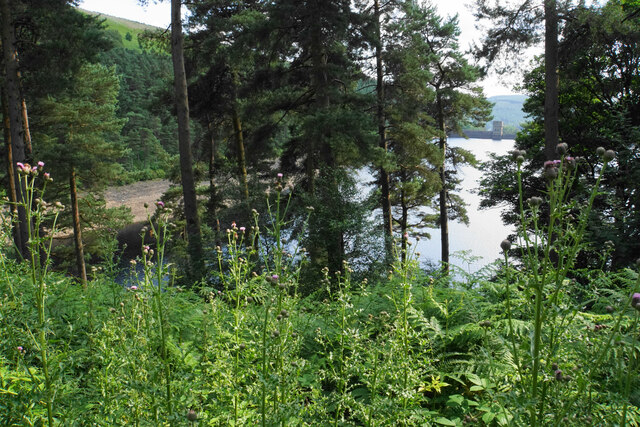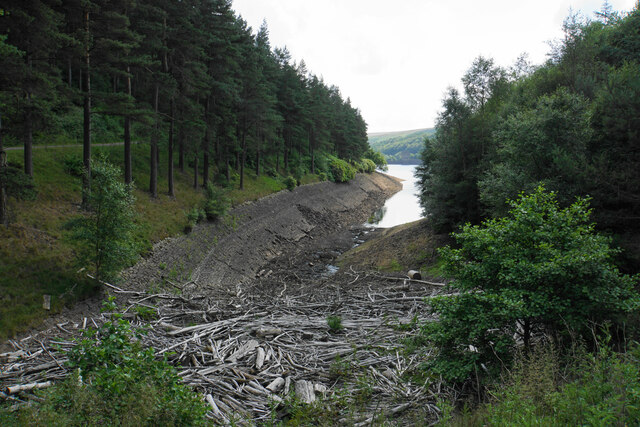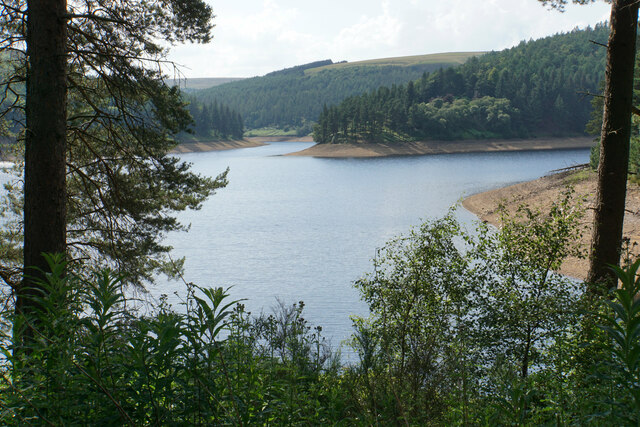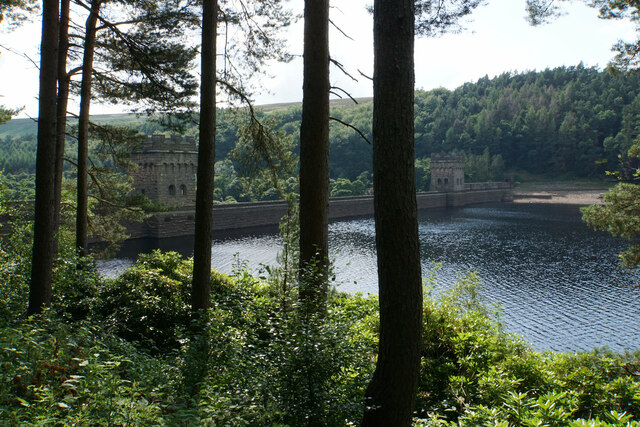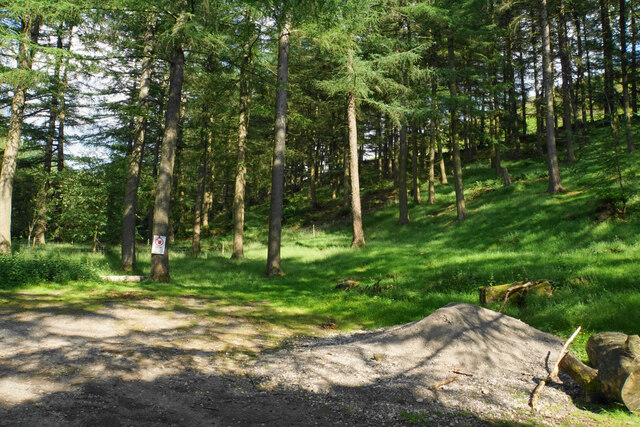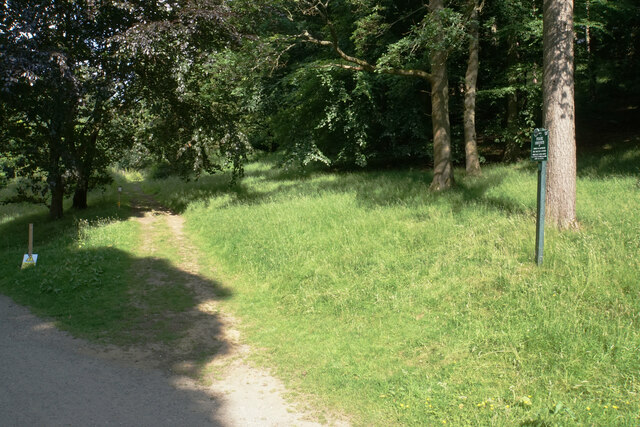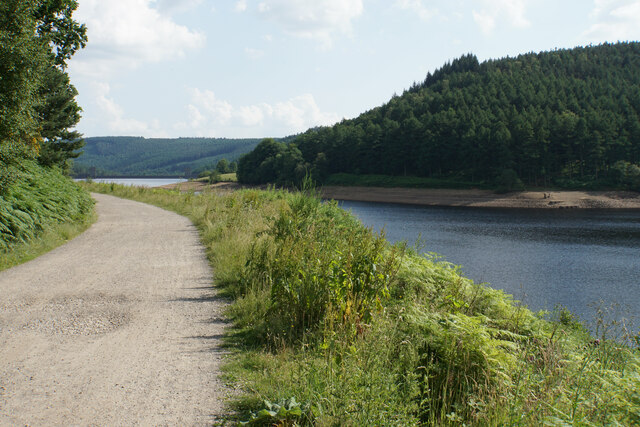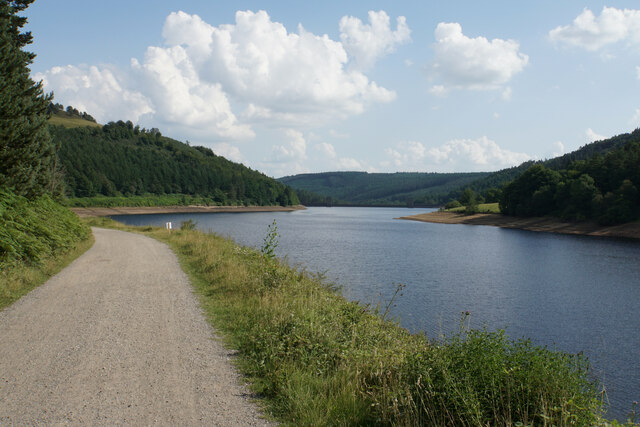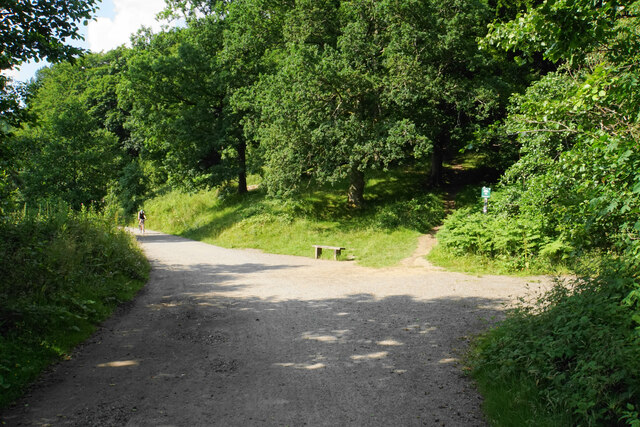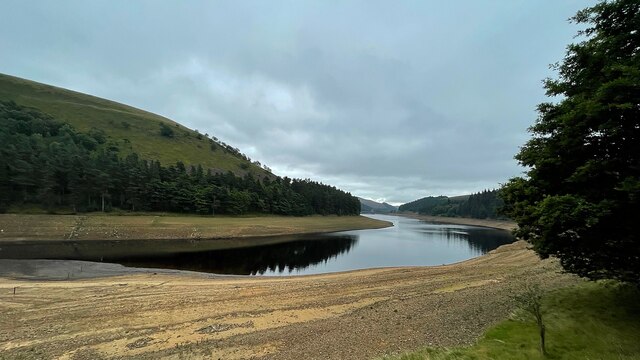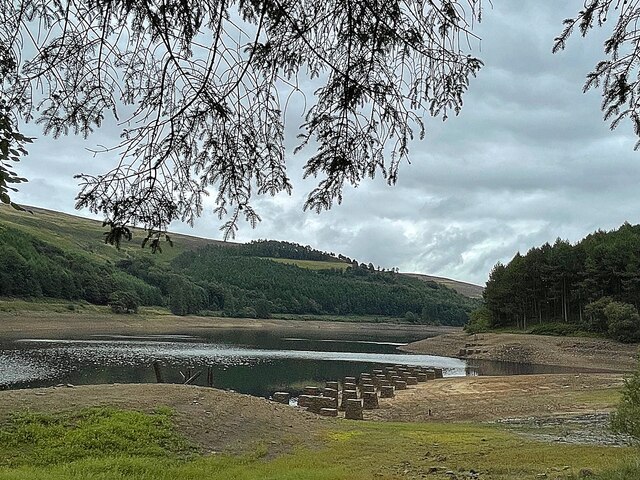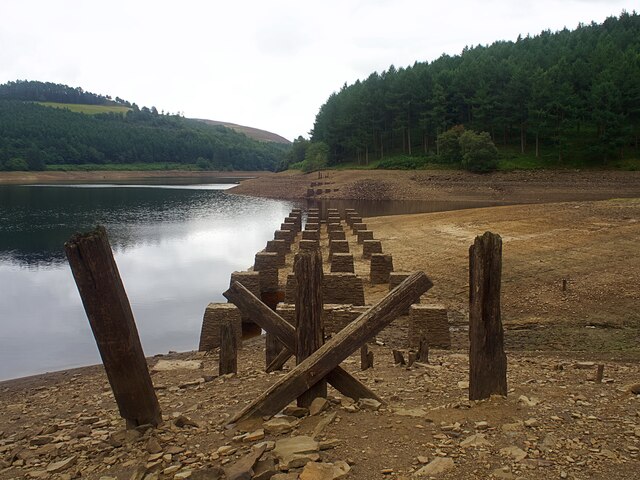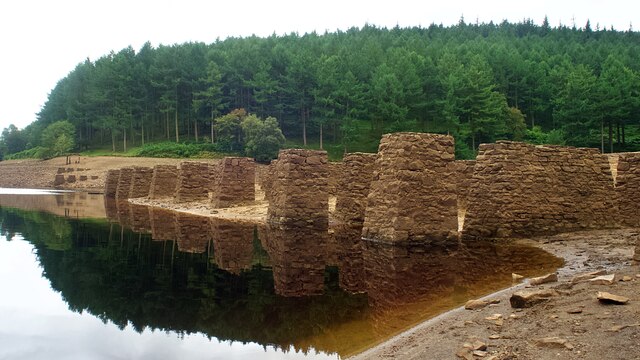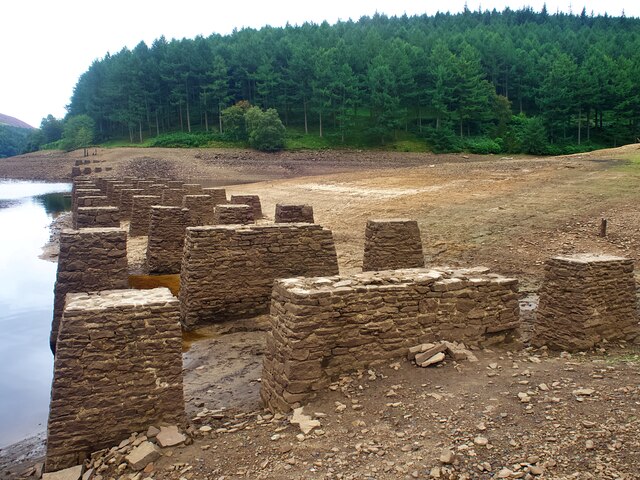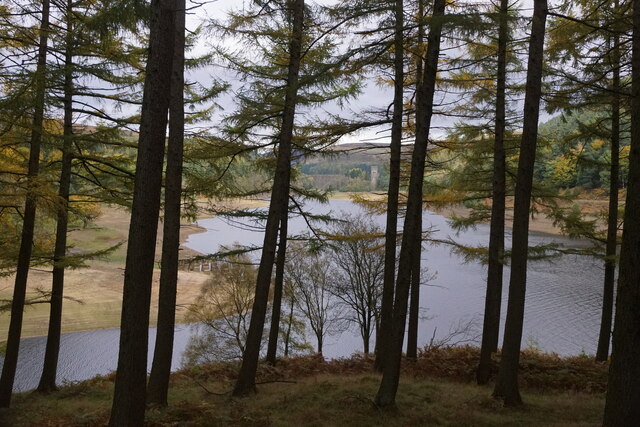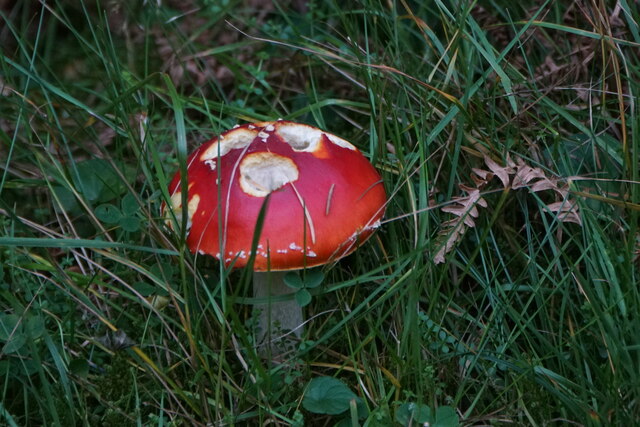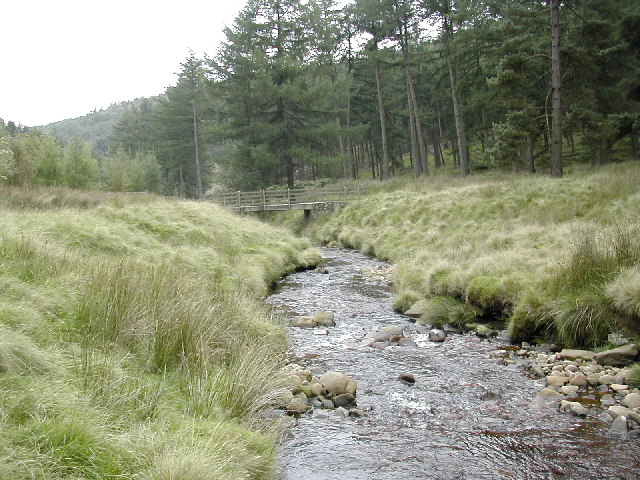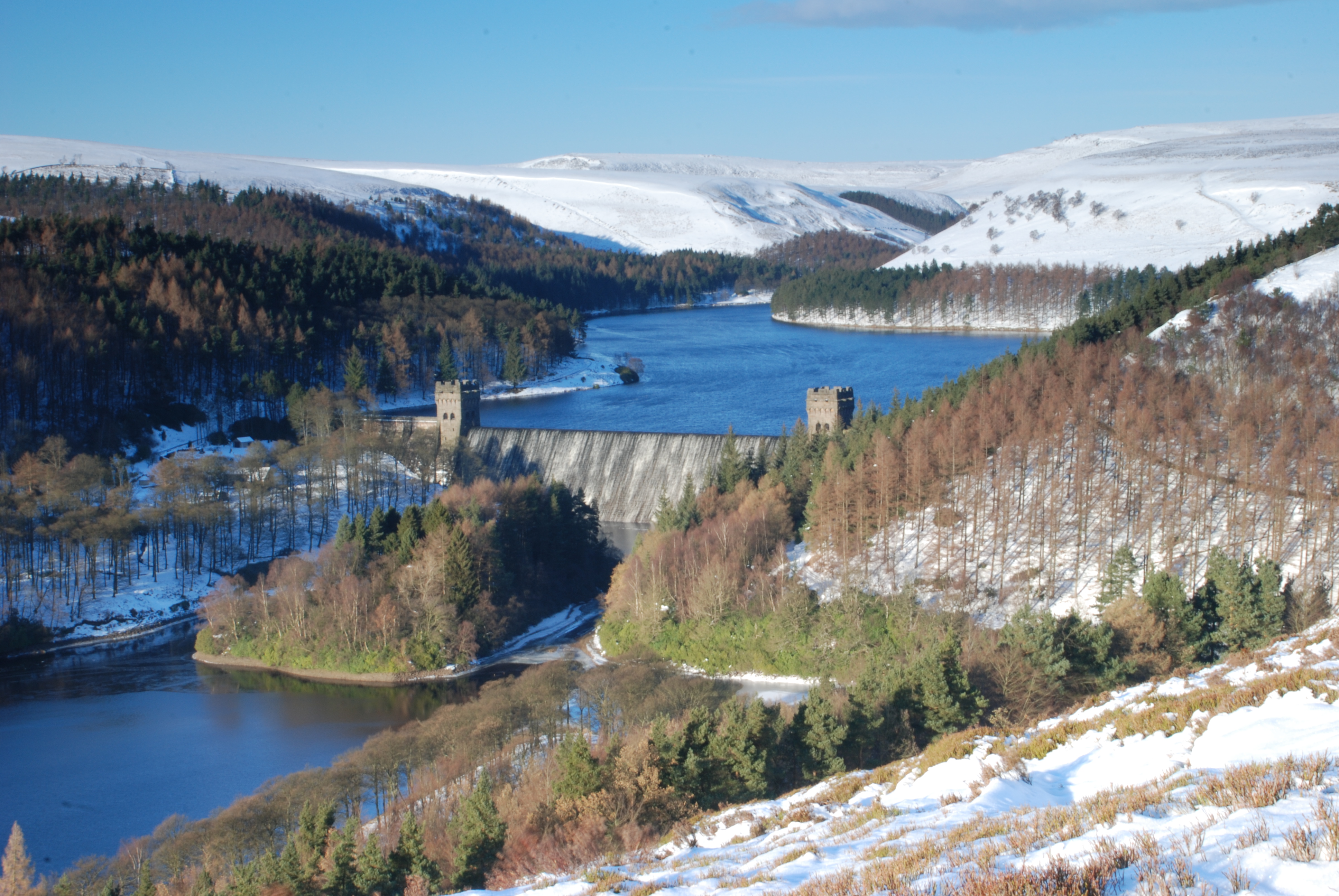West Cable Tip Plantation
Wood, Forest in Derbyshire High Peak
England
West Cable Tip Plantation
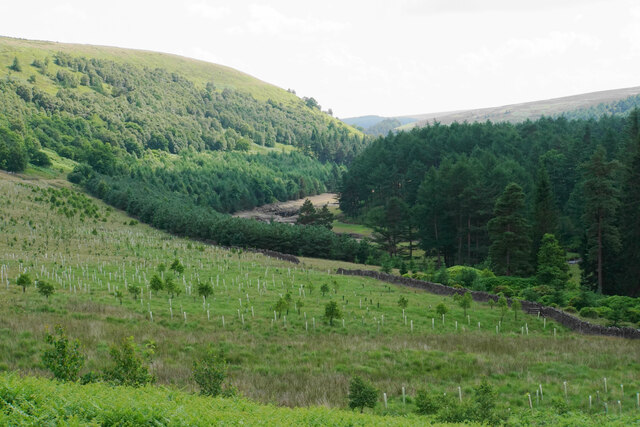
West Cable Tip Plantation is a woodland area located in Derbyshire, England. It is situated in close proximity to the village of Wood, and covers an expansive area of forest. The plantation is named after the nearby West Cable Tip, a former coal mining site.
The woodland is characterized by a diverse range of tree species, including oak, birch, beech, and pine. These trees create a thick canopy, providing a habitat for various wildlife species such as squirrels, badgers, and a variety of bird species. The forest floor is covered in a rich carpet of mosses, ferns, and wildflowers, adding to the overall beauty and biodiversity of the area.
West Cable Tip Plantation attracts nature enthusiasts, hikers, and birdwatchers due to its tranquil environment and picturesque surroundings. There are several walking trails that wind through the woodland, offering visitors the opportunity to explore the area and observe the flora and fauna. The plantation is also home to a number of designated picnic spots, where visitors can enjoy a meal while immersing themselves in the peaceful atmosphere.
The woodland is managed by local authorities, who prioritize conservation efforts and ensure the maintenance of the plantation. They actively work to preserve the natural habitat and protect the diverse ecosystem within the area.
Overall, West Cable Tip Plantation is a haven for nature lovers, providing a serene and verdant environment for visitors to enjoy and appreciate the natural beauty of Derbyshire's woodlands.
If you have any feedback on the listing, please let us know in the comments section below.
West Cable Tip Plantation Images
Images are sourced within 2km of 53.430256/-1.748709 or Grid Reference SK1692. Thanks to Geograph Open Source API. All images are credited.
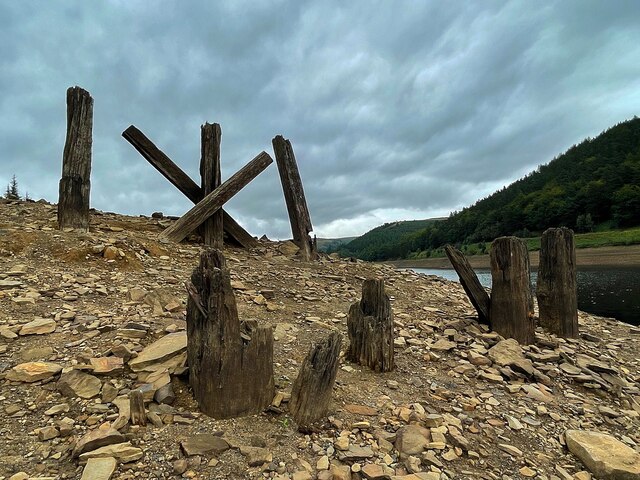
West Cable Tip Plantation is located at Grid Ref: SK1692 (Lat: 53.430256, Lng: -1.748709)
Administrative County: Derbyshire
District: High Peak
Police Authority: Derbyshire
What 3 Words
///placed.occur.vanish. Near Hope Valley, Derbyshire
Related Wikis
River Westend
The River Westend flows through the Dark Peak of the Derbyshire Peak District in England. Its source is at Bleaklow Stones on Bleaklow, from where it...
Howden Reservoir
The Howden Reservoir is a Y-shaped reservoir, the uppermost of the three in the Upper Derwent Valley, England. The western half of the reservoir lies in...
Derwent Reservoir (Derbyshire)
Derwent Reservoir is the middle of three reservoirs in the Upper Derwent Valley in the north of Derbyshire, England. It lies approximately 10 mi (16 km...
Howden Edge
Howden Edge (grid reference SK187943) is a peak in the north-east of the Upper Derwent Valley area of the Peak District National Park in England. At 545...
High Stones
High Stones, at 548 metres (1,798 ft), is the highest point within the boundaries of both the City of Sheffield and South Yorkshire, England.High Stones...
Alport Castles
The Alport Castles are a landslip feature in the Peak District National Park in Derbyshire. At over half a mile long, it is thought to be the largest landslide...
Lost Lad
Lost Lad is a hill, 518 metres (1,699 ft) high on the Derwent Edge in the Peak District in the county of Derbyshire in England. It is a subpeak of Back...
Margery Hill
Margery Hill is a 546-metre (1,791 ft) hill on the Howden Moors in South Yorkshire, England. It lies towards the northern boundary of the Peak District...
Nearby Amenities
Located within 500m of 53.430256,-1.748709Have you been to West Cable Tip Plantation?
Leave your review of West Cable Tip Plantation below (or comments, questions and feedback).
